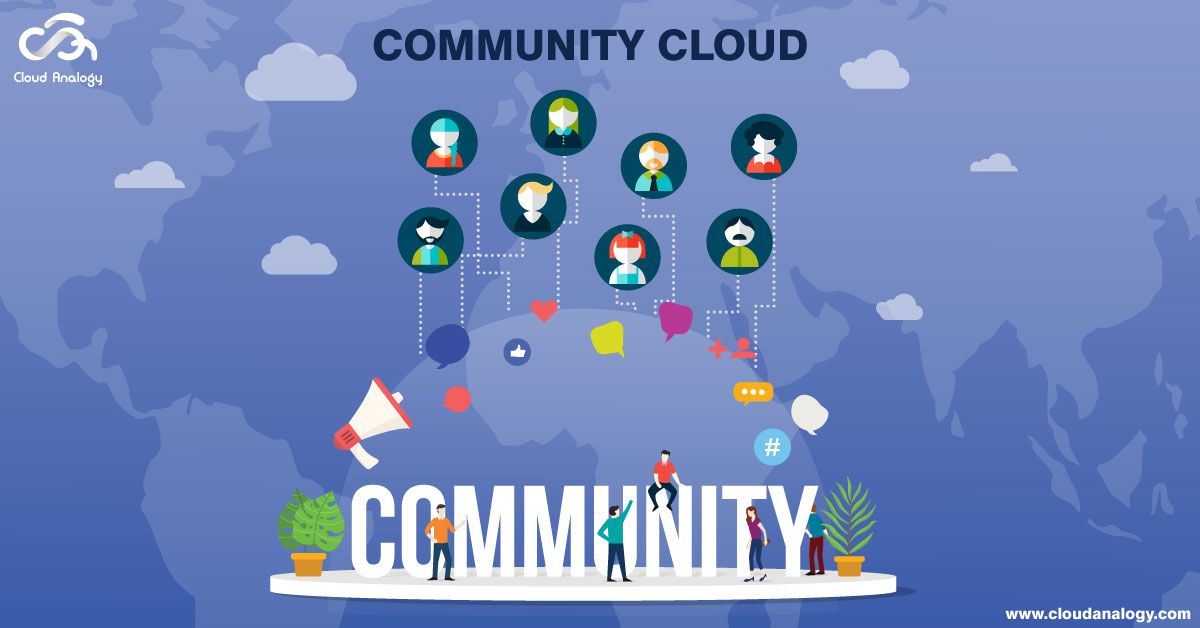
The Effective Way to Leverage AI to Accelerate Business Growth
February 22, 2022
Growth of Deep Learning in 2022 and its Impact on Various Business Processes
March 2, 2022
Key Differences Between Private, Public, and Hybrid Cloud Deployment Models: Which One Is Right for You?

Change is the only constant. As a result, many businesses migrate to the cloud to reimagine their business models. Some are re-engineering complex tasks and migrating to innovate. Others want to cut costs and increase productivity. Regardless of its goals, every organization is migrating to the cloud in the face of ever-changing business needs. Although cloud computing has been in the spotlight for decades, the pandemic has given cloud adoption a much-needed push. At the beginning of the pandemic, Microsoft CEO Satya Nadella expressed how they witnessed two years of digital transformation in two months on an earnings call with Wall Street. While planning a digital transformation for your business is the need of the hour, it is critical to ensure that you choose the suitable cloud deployment model for your business that can help you optimize business processes and save you money that you can invest back into the business. When companies talk about cloud migration, it's assumed that they're moving their on-premise workload to the public cloud rather than switching clouds or their deployment model. However, when it comes to cloud deployment, there are many options.
What is Cloud Computing?

Cloud computing refers to the on-demand delivery of IT services and resources over the internet. It allows you to pay only for the resources that you utilize. It's a cutting-edge alternative to extensive on-premises IT infrastructure and a huge IT department. Cloud computing can give users online access to a pool of configurable computing resources, including servers, storage, applications, and services that can be quickly programmed and deployed with minimum work from the management team or cloud service providers. Cloud usage is widespread among businesses of all sizes and across various industries. Storage, computation, data analytics, deep learning, and cloud-based apps and services are just a few of the many possible use cases. There are four primary cloud deployment models:
- Private Cloud
- Public Cloud
- Hybrid Cloud
- Community Cloud
What is a cloud deployment model?

The cloud deployment model also describes the goal and nature of your cloud environment and how it will be implemented. A cloud environment is defined by who governs security and encryption, who might have access to data, and whether infrastructure resources are shared or dedicated. As mentioned above, there are a variety of cloud deployment models to choose from, and you should select the one that best matches your organization's needs. For instance, A single-tenant deployment model isolates applications and data from other organizations. This can provide a higher level of security and performance. A multi-tenant deployment model shares an organization's applications and data with other organizations.
Public Cloud

The public cloud is an excellent deployment solution for businesses that require instant access to infrastructure without incurring significant expenses upfront. It is freely accessible to all types and sizes of companies. It is incredibly advantageous for small and medium-sized businesses to decrease their IT spending incrementally with the help of a public cloud solution. It is significantly more cost-effective than a private cloud deployment solution. It operates on a pay-as-you-go model, requiring little initial commitment. Your company contracts a cloud-service provider in the public cloud to deliver your business's virtualized-compute data storage and networking services. This can reduce time-to-market, allows for rapid scaling, and provides the agility to quickly test out new services and applications as they become available.
Private Cloud

A private cloud is a cloud computing infrastructure operated exclusively for a particular organization. Private clouds enable organizations to isolate their data and networks from the public Internet, making them less vulnerable to security breaches. A private cloud deployment restricts access to authorized individuals, allowing businesses to exercise greater control over security and data privacy. Data centers can be either co-located or on-premises, depending on the company's needs. On the other hand, on-premise deployment is remarkably comparable to the structured legacy IT infrastructure without the traditional IT department. This deployment is often single-tenant, which means that the platform is not shared with other customers. However, it is possible to have many tenants per department inside a single organization. Data can be made available to authorized employees within an organization on-demand. The improved data security and reliability can be a significant competitive advantage. Governments and scientific research institutions use the majority of private clouds. It is well-suited for a privacy-focused workload that requires a robust, virtually impenetrable network.
Hybrid Cloud

A hybrid cloud is a cloud computing environment that uses a mix of on-premises, private cloud and third-party, public cloud services. A hybrid cloud environment can include various combinations of these services, allowing organizations to choose the best option for their needs. The goal of a hybrid cloud is to deliver the flexibility, scalability and security of the public cloud, along with the ability to manage and control sensitive data at every layer of the environment, plus the ability to integrate cloud and on-premises systems. Only a small number of businesses can simultaneously migrate their entire IT stack to the cloud. The hybrid cloud-deployment approach, which incorporates a combination of on-premise and cloud solutions, facilitates a more seamless transition for such organizations.
Community Cloud

This model has seen utilization by many companies/tenants operating within the same industry, such as banking institutions, government agencies, or educational institutions. Access to a community cloud is restricted to members of that particular community. Instead, a group of numerous businesses share a multi-tenant environment in which they face some privacy, security, and performance considerations and some restrictions and concerns. Companies use the cloud computing system for joint ventures and research organizations that require a centralized cloud computing system.
How Atidan Technologies Can Help You With Your Cloud Adoption Goals

Atidan specializes in helping your business realize its true potential with the help of the latest technologies to make sure that you come out ahead. With decades of experience and a tremendously powerful platform, our goal is to help you realize the full potential of cutting-edge technologies. With a presence in over 14 countries, We have software engineers that can help you maximize your technology investments and bring new efficiencies to your business. Our team of developers, architects, and specialists bring a diverse array of technology frameworks and a rock-solid approach to ensure your application works seamlessly. In addition, Atidan’s expert consultants will work actively with your business process managers, IT staff, and executive leadership to identify your requirements and help you reach your business goals. Planning and executing an impeccable cloud adoption strategy can be made easy with the help of Atidan.

